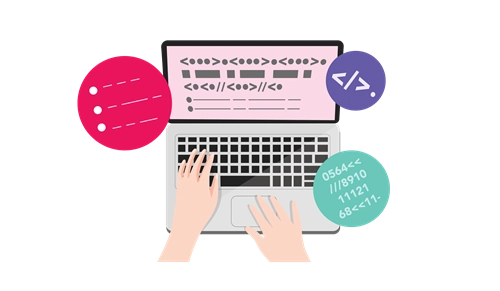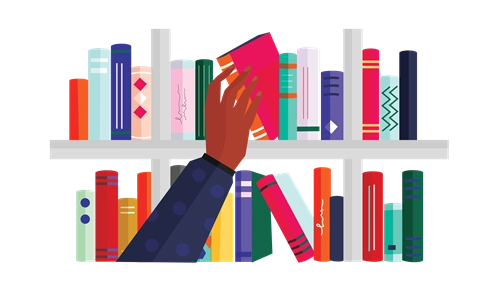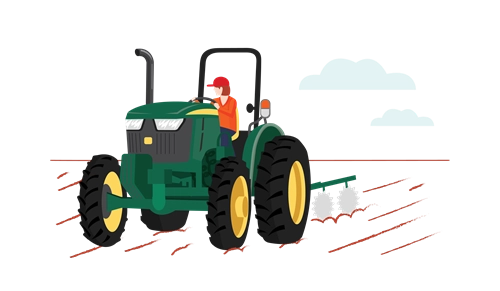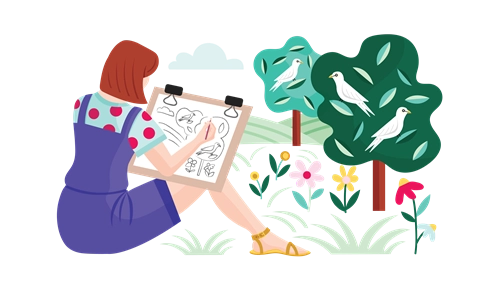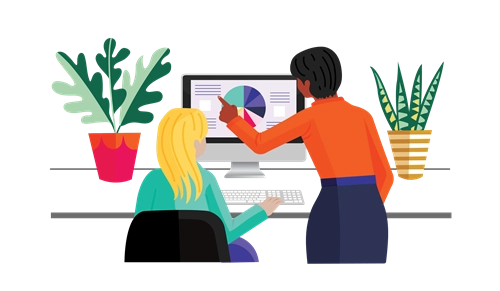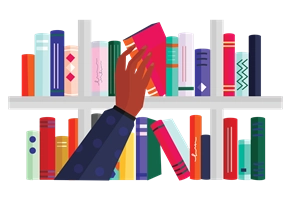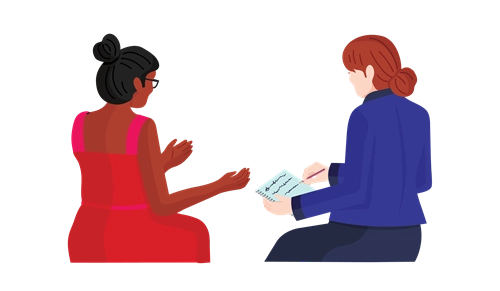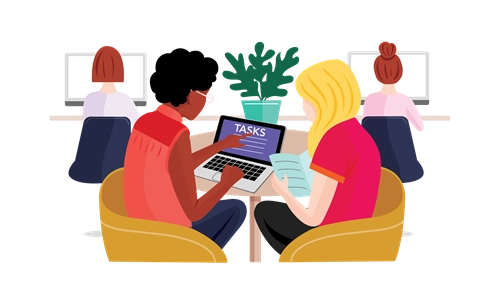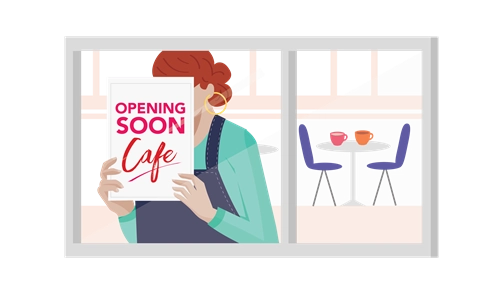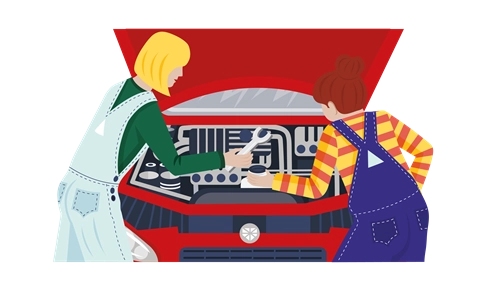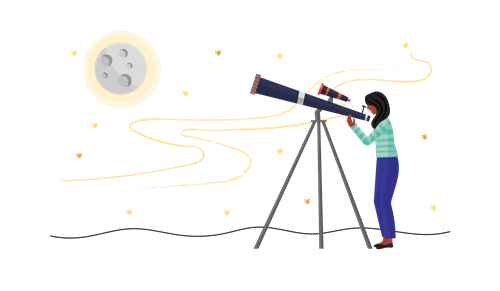Bee Habitat
Students are introduced to the diversity of Australia’s native bees and explore bee habitats at school. They explore bees' needs and adaptions, and apply mathematical concepts to visualise bee size variations, to design and build appropriate bee hotels and to map bee habitat.
View lesson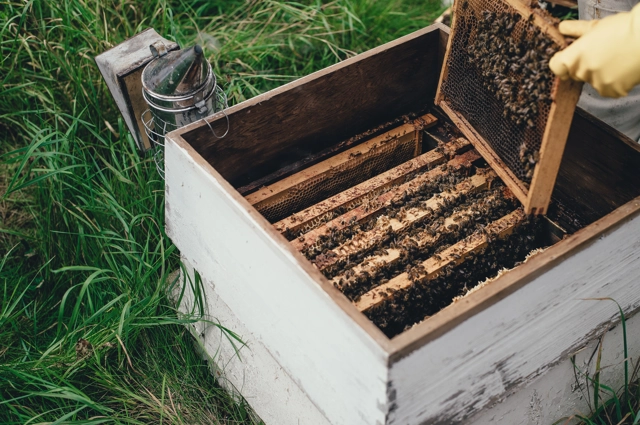
Beautiful biomes
Students learn the features of the five main biomes, and use ClassVR headsets and CoSpaces to design and create a virtual biome to explore.
View lesson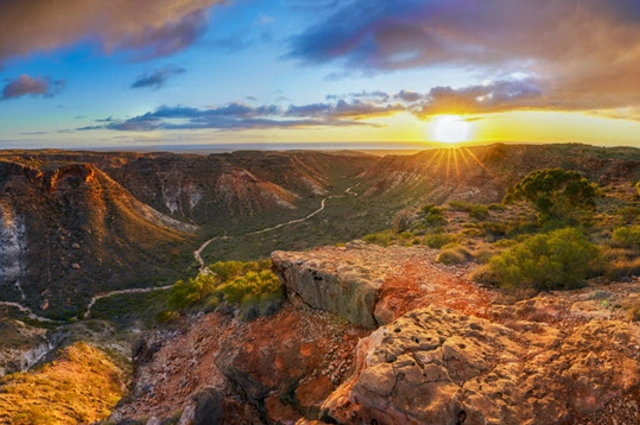
Engineering from farm to table
Students are invited to become food and fibre engineers to research how wheat, the largest agricultural crop in Australia, gets from the farm to the table. They will build and improve models of key agricultural or production technologies.
View lesson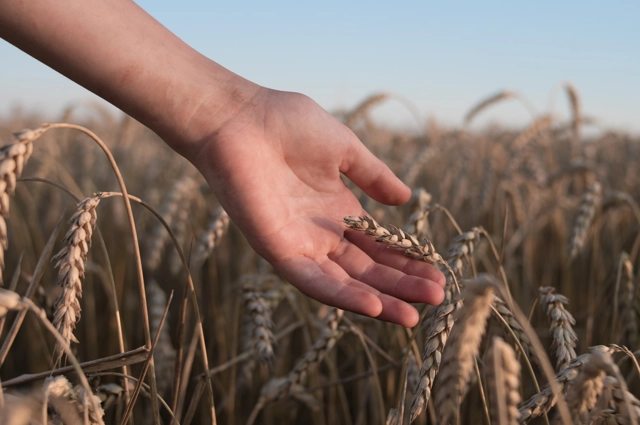
Hologram poetry
Students are introduced to an exciting way to present a poem – as a visual illusion. They explore holograms and visual illusions, and then delve into the mechanics of poetry construction by exploring the poetry of Banjo Paterson. They write their own poem or recite a poem and create a hologram illusion of themselves reciting a poem.
View lesson
I am an inventor
Students are inspired by the life, work and times of Rube Goldberg to learn about simple machines and design and create a Rube Goldberg machine to complete a simple task.
View lesson
Sphero slalom
Students explore slalom sports and how to maximise speed when completing a course. They investigate the impact of distance and friction on time to complete a course through digital and unplugged activities. They then apply their learning to program a Sphero to complete a slalom course.
View lesson
Engineers are problem solvers
Many students aren’t aware of the ‘E’ in STEM. Engineering is a diverse field with multiple entry points. In this lesson, students find examples of engineering all around them and identify the importance of engineering in our daily lives. They explore the engineering design cycle through a simple hands-on challenge.
View lesson
Nets, shapes … and donuts!
In this lesson, students learn about industrial engineering and explore designing cardboard packaging nets that can be folded into innovative packages. They hone their measurement and construction skills and design the perfect packaging net to showcase and transport a decorated donut.
View lesson
Designing a school tuckshop app
Students think like software engineers and engage in user-centred design to conceptualise and prototype an app that could be used in their school tuckshop. They consider multiple stakeholder needs, analyse other retail apps and develop their own solution design.
View lesson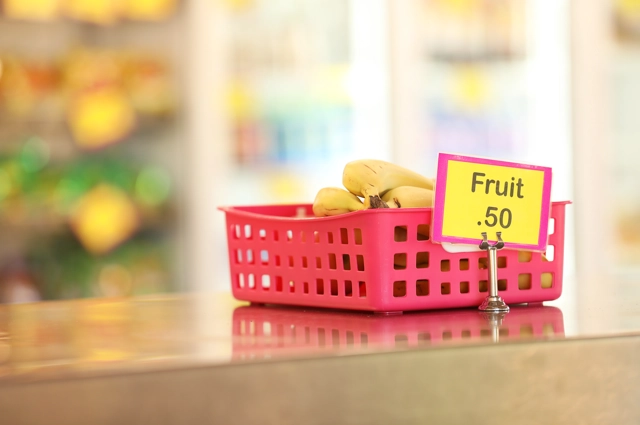
Crocs: resourceful or a resource
This lesson focuses on the analysis of a dataset that records scientific data collected about the crocodile population in the Kimberley region during 2015. The lesson follows an inquiry process where students use the dataset to answer relevant questions about the crocodile population.
View lesson
Exploring data in turtle population dynamics
In this lesson we look at modelling data related to the number of eggs a female turtle lays in her lifetime, using real scientific data.
View lesson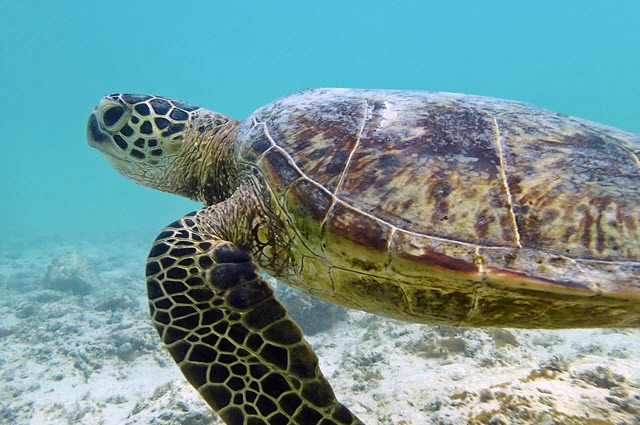
Automated soil moisture sensor
The soil moisture sensor project integrates science understandings and computational thinking to solve a problem about sustainable watering practices. This lesson was devised by Trudy Ward, Clarendon Vale Primary School, Tasmania.
View lesson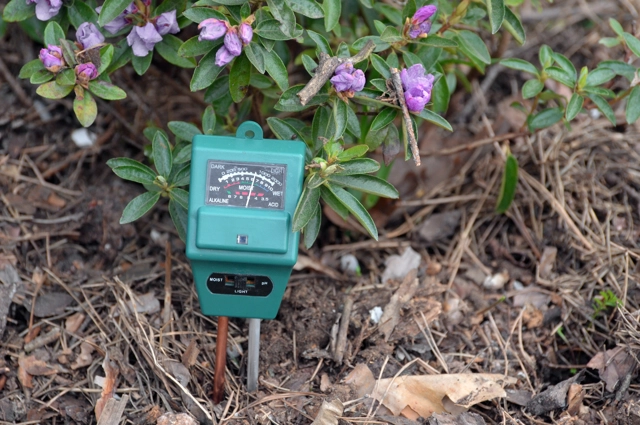
Beeswax wrap project
This project is an example of a challenge-based learning task that has the aim of reducing schoolyard and community waste. The project creates opportunities for students to design, create, market and sell a plastic wrap alternative, and to work with a local business or community group that supplies some materials. This lesson was devised by Trudy Ward, Clarendon Vale Primary School, Tasmania.
View lesson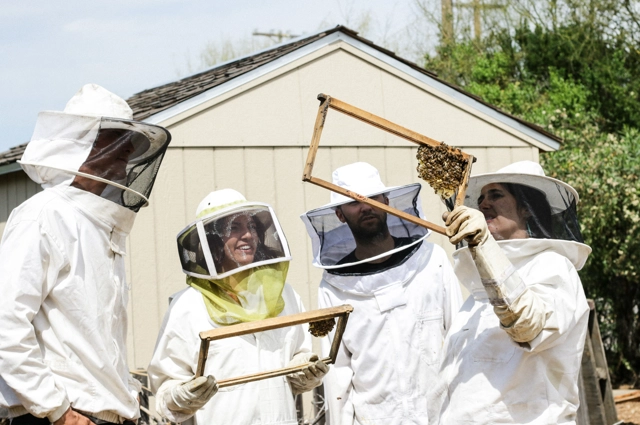
Earth energy solutions
Design, make and market a working prototype of an installation to be used in our school garden which uses renewable energy.
View lesson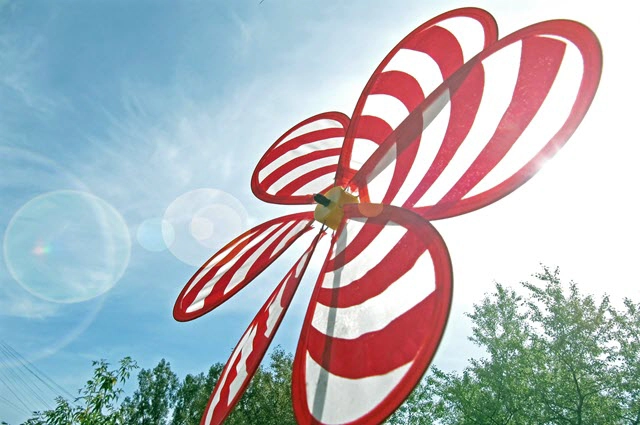
Smart greenhouse
In different engineering teams, each team is addressing the problem from a particular perspective. Then, as a whole group they come up with the ‘perfect greenhouse’ by putting all the ideas together.
View lesson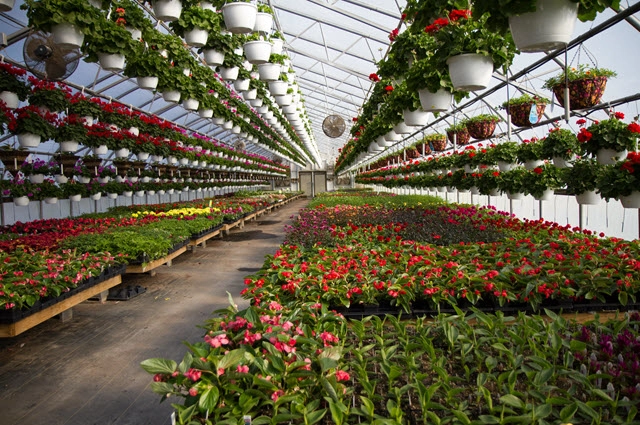
Animal adaptations
In this lesson sequence students explore aspects of animal adaptation prior to applying their knowledge to constructing their own digital creature using littleBits electronic sets.
View lesson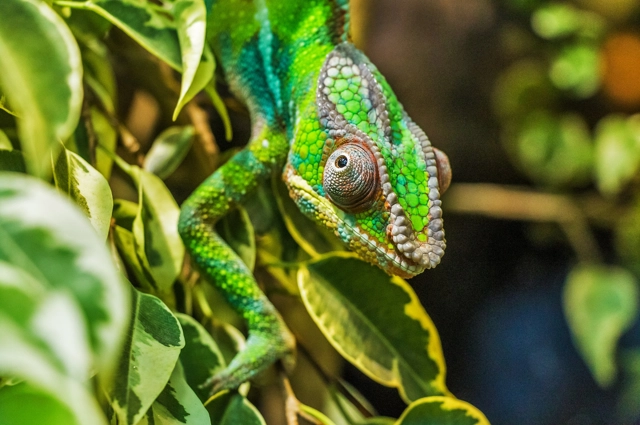
Learning environments
This sequence of lessons explores how conditions in the environment can impact on learning. Through investigating the environmental influences on our classroom, and learning environments such as light, noise and temperature, students collect data and identify the optimal learning environment.
View lesson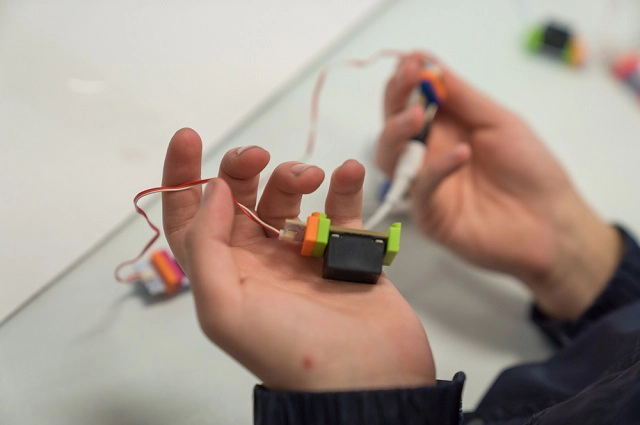
Home energy use
Reducing carbon dioxide emissions and sustainable energy use and are two of the major issues facing the world today. This project explores energy use in homes, and compares individual energy use with the class average and calculate and graph CO2 emissions.
View lesson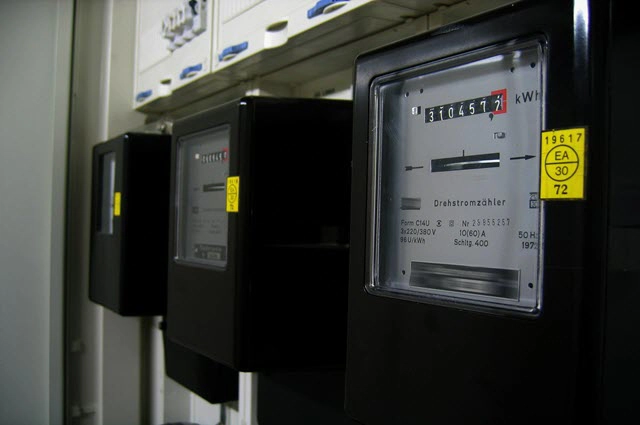
User Interface Design: controllers for all
In this lesson, students design and implement a new user-interface that allows a user to interact with a digital program. This lesson idea was created by Rebecca Vivian.
View lesson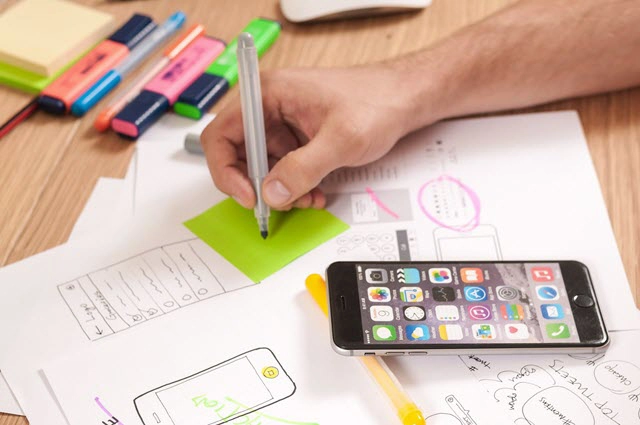
Exploring data tracking turtle movements
In this lesson we look at satellite tracking using real scientific data.
View lessonEco-calculator
Students make a prototype of an eco-calculator to demonstrate human impact on the environment and suggest changes in behaviour. This is an unplugged learning sequence with opportunities to extend learning through the development of a Scratch quiz.
View lesson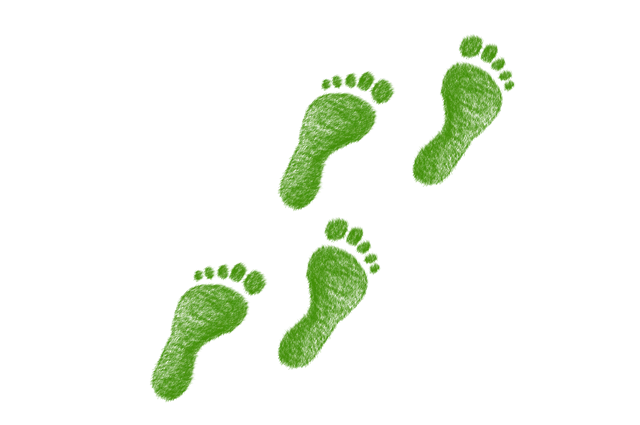
Minecraft Sustainable House
Students plan and build a sustainable house in Minecraft. Students can develop multiple cognitive skills through designing and building a sustainable house in Minecraft.
View lesson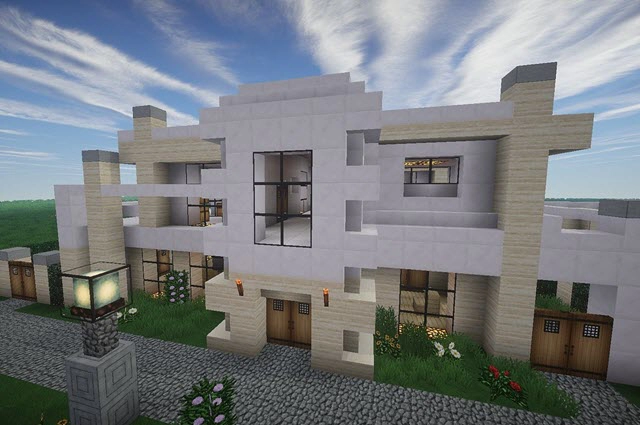
Water Tank Calculator
This activity engages students in the calculation of roof runoff on a school building to determine a suitably sized water tank.
View lesson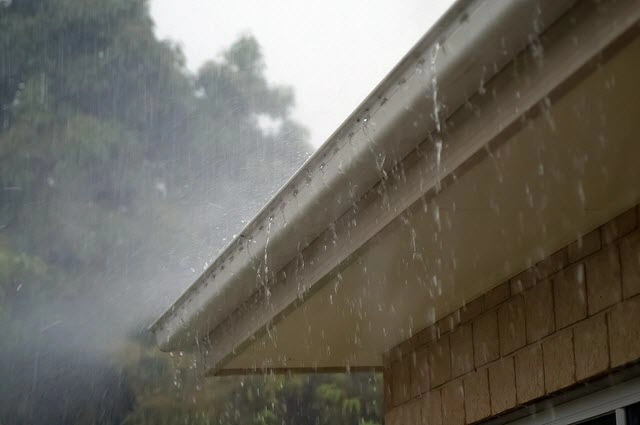
Bionic Hand
Students build a bionic hand from everyday materials. In creating the model they deepen their understanding of biomechanics and consider the application of bionic prosthetics.
View lesson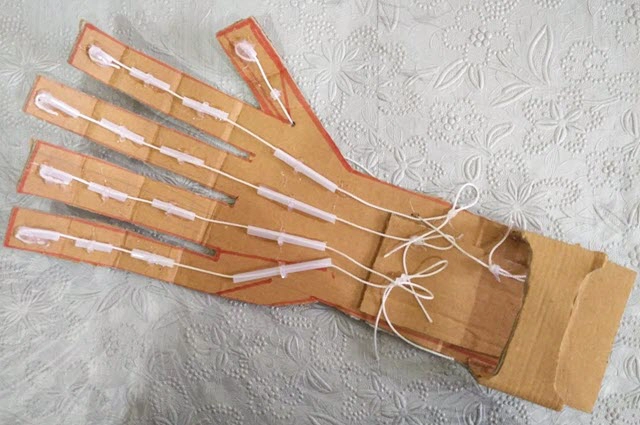
Frog Habitats and Adaptation
Students explore habitats and investigate the adaptations different frog species need to survive in that habitat. They use the FrogID app to identify local frogs and design their own frog pond to meet the needs of local species. This project led by a female scientist: Dr Jodi Rowley.
View lesson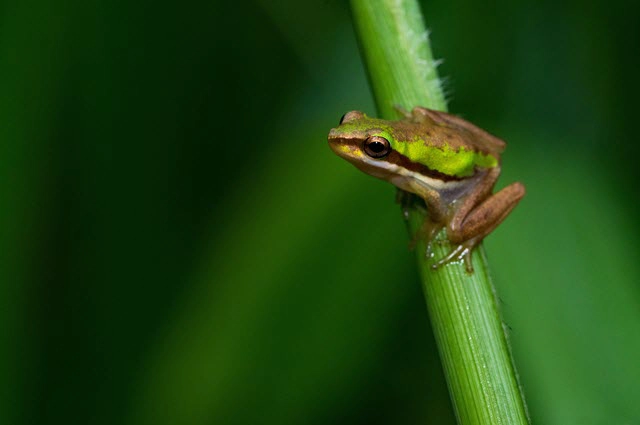
Engineering Materials for a Greener Planet
This set of STEM activities for primary and secondary students explores how engineers can solve significant environmental problems.
View lesson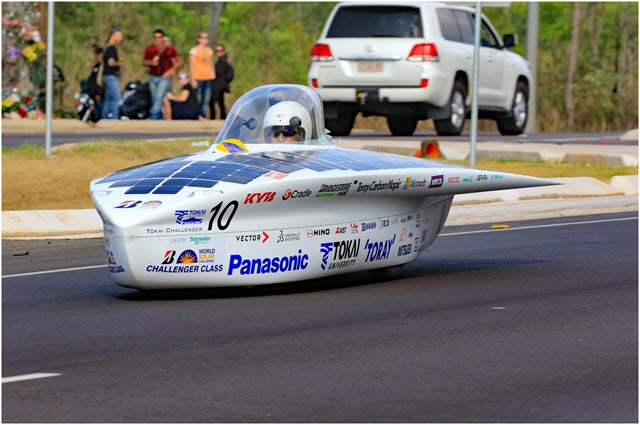
Biomimicry - Lessons from Nature
This unit of work introduces students to biomimicry. They learn how to look at nature for inspiration to solve engineering and design problems. Students learn about linear and closed loop systems and design a lamp using principles of biomimicry.
View lesson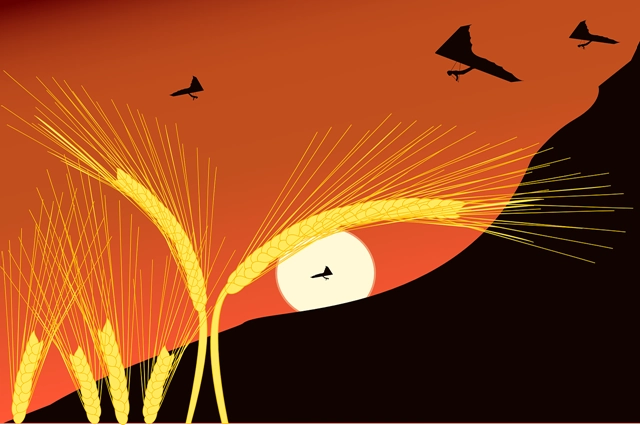
Deep blue: innovation for the future of our oceans
Select student activities related to the future of oceans that link to the Australian Curriculum for science, technologies, mathematics, and the arts.
View lesson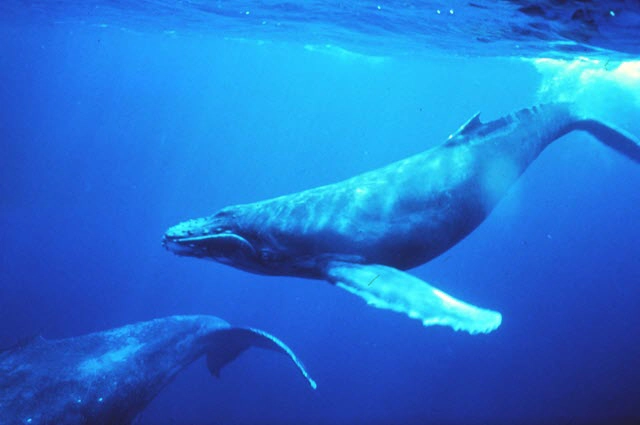
Where’s the mankarr? Video observation data: Part 1
In this first of two lessons, students investigate data from animal observations recorded by a video camera
View lesson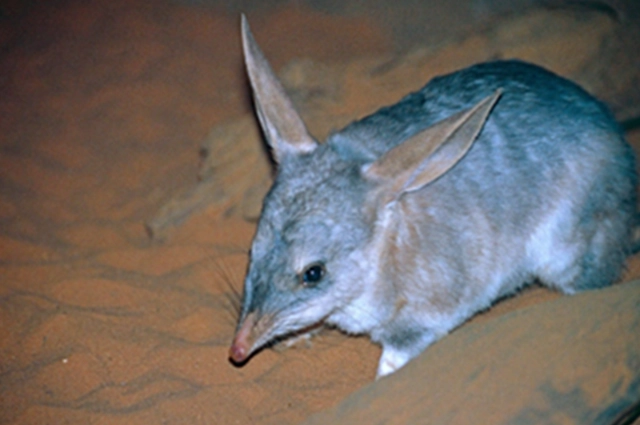
Where’s the mankarr? Video observation data: Part 2
In this second of two lessons, students view a video to record data about the bilby (mankarr). They visualise and interpret the data.
View lesson
